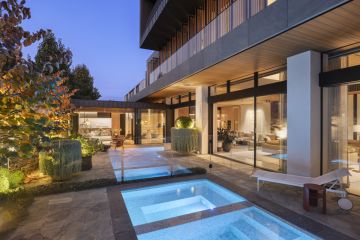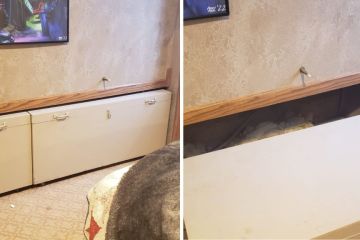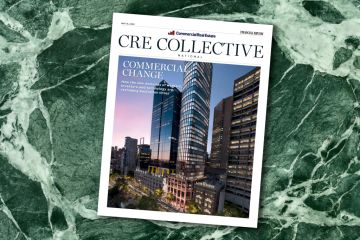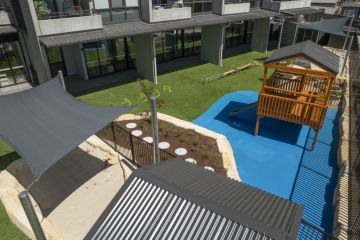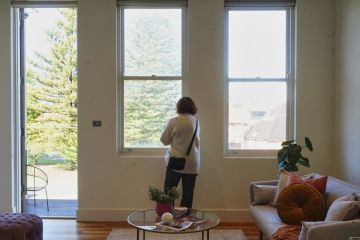Factories turned fab: How great industrial zones being given new life

They were once home to potters, brickmakers and metalworkers. Now, former industrial suburbs around the country are being transformed into a mix of office and retail spaces, food hubs, health businesses and entertainment venues.
Sydney’s Inner West has seen Marrickville, a suburb a little more than eight kilometres from the CBD, undergo a major overhaul.
It’s now one of the city’s most coveted places in which to reside, eat, work and play, with large former industrial sites being renewed, including the development of Marrickville Traders.
“Marrickville Traders is pretty incredible,” says Nick Zenonos, director of industrial & logistics at CBRE Asia Pacific. “It’s a massive site that’s been carved up and refurbished into a precinct that contains commercial, restaurants, creative-style tenants in what was warehousing.”
The 12,000-square-metre development’s new tenants include a pet grooming centre, a health and wellbeing facility, a 3D escape room, a technology and innovation specialist, and cafe.
It’s not all breweries and acai bowls. Even when former industrial sites are turned into light, creative industrial workspaces for tech consultants and architects, developers are still injecting an eclectic mix of retail and entertainment. MADE Marrickville, a $60 million joint venture between developers TOGA, Braxton, and Rebel Group is set to offer multilevel light industrial units coupled with 1280 square metres of food and beverage outlets and retail on the ground floor.
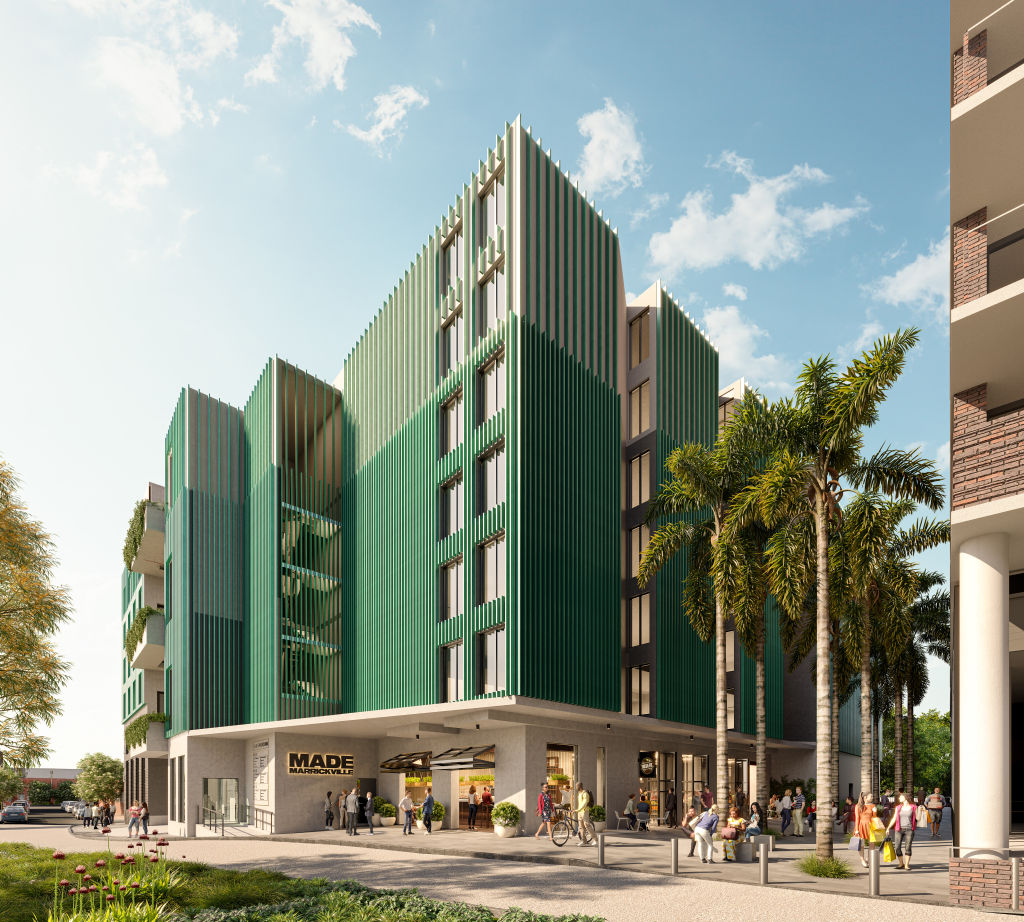
Allan Vidor, managing director of TOGA, said, “This project reflects TOGA’s commitment to smart, community-focused projects; creating spaces where businesses can grow, while also fostering areas where people can connect.”
It’s that connectivity that has seen coffee wholesaler Double Roasters, move its office to MADE Marrickville.
“The shift away from the city for workplaces is apparent,” says Double Roasters co-founder James Brown. “Being closer to where we live is pivotal. Marrickville’s central location works for staff from all over Sydney.”
The change in clientele for industrial spaces is directly related to the cost of land, says Anthony Pirrottina of Knight Frank Sydney South. “Land has become much more expensive, and other users can pay more than industrial can,” he says.
It’s the driving force behind a trend that’s even seen industrial port areas like Botany being rezoned for residential, retail and office uses. The area in the city’s inner south has seen the development of Dexus’ $200 million creative precinct, lifestyle and business hub Botany Quarter and the arrival of WOTSO Botany, change the tenant landscape.
We recommend
We thought you might like
States
Capital Cities
Capital Cities - Rentals
Popular Areas
Allhomes
More
